At some point in time, homeowners need to calculate the square footage of their homes, whether it’s for heating and cooling estimation or for carpeting and flooring materials.
It feels bigger inside, but when they look at their home information online, they see a smaller square foot number than they expect.
Knowing how your square footage is calculated will help you understand why the number is there and how appraisers assess your home.
Are stairs counted in a home’s square footage?
Stairs usually count toward a home’s square footage total.
In many states, the area of your stairs is calculated twice because they are added to the floor they ascend to and descend into. Most staircases are not very large, so their impact on your total square footage isn’t that much.
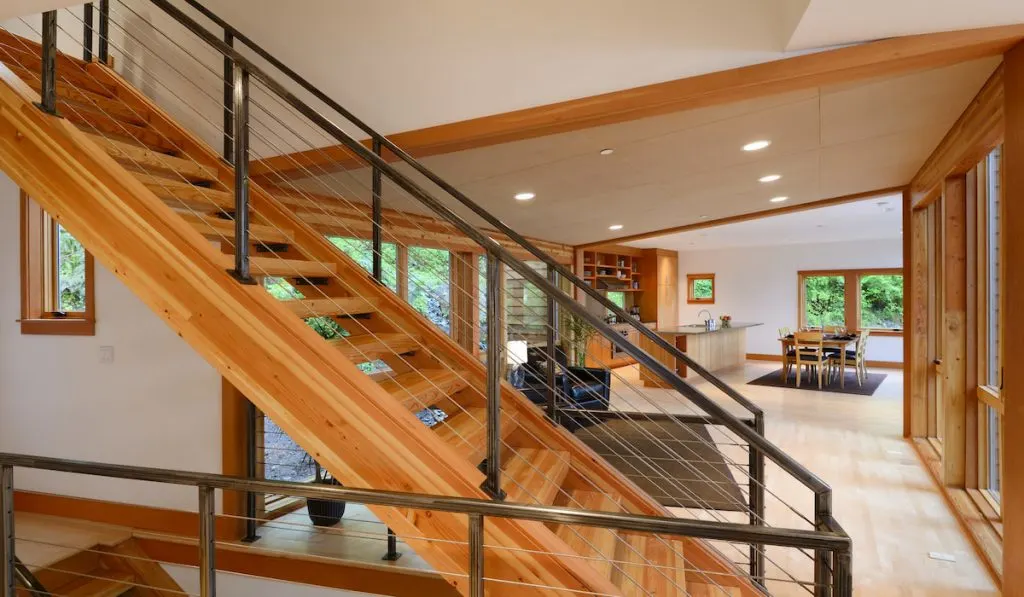
However, knowing how to count your stairs in your square footage total will help you deal with things like tax assessments and if you ever decide to sell your house without the help of an agent.
Typically, the more you know about your house, the better you’ll manage it and make the best decisions for your property.
Here’s some helpful information on how to count stairs in square footages and other parts of your house.
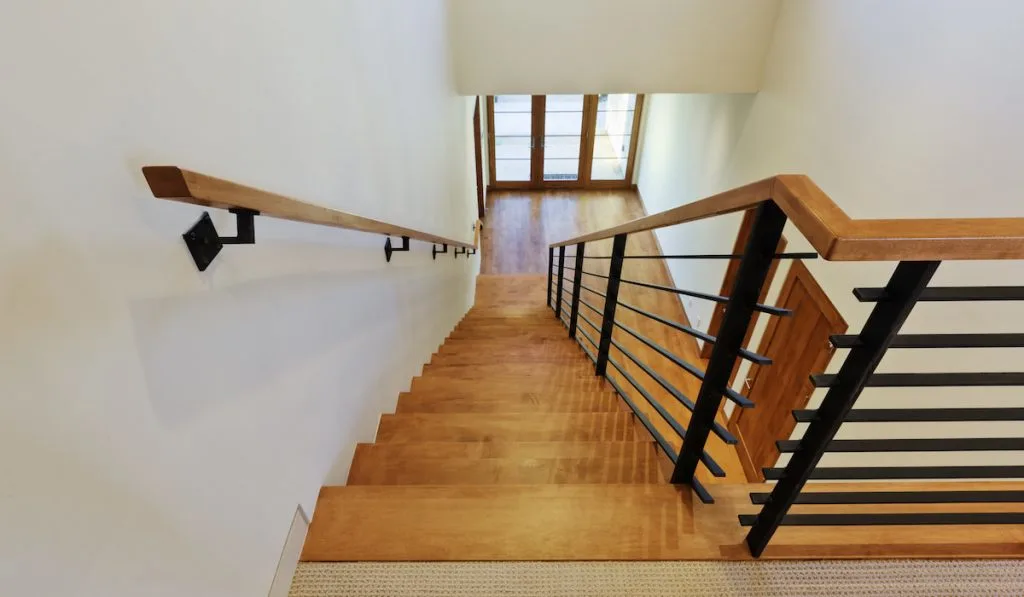
Why Do Stairs Count Twice?
Many homeowners don’t know what goes into that square footage number you see on Zillow, Redfin, or Realtor.com.
The numbers are usually all the same across the internet, and they’re pulled from public records like assigned tax values, past sale information, etc.
With stairs, it can be tricky because the area of the stairs is often counted twice in the square footage total; once on the way up and one more time on the way down.
The reason is that a flight of stairs takes up space on two floors. So, you add the surface area of the stairs to the upper floor, but you also have to account for the area they take up underneath.
However, whether your stairs are counted twice depends on your appraiser and local practices.
In some states, it’s more common to count them twice. Other places will only record the area once in total figures.
Some people look at their appraisals and see lower numbers, only to find that the stairs haven’t been included at all!
Other Gray Areas
Other parts of a house are confusing regarding total square footage. Some of the most common areas in queston include:
Basements
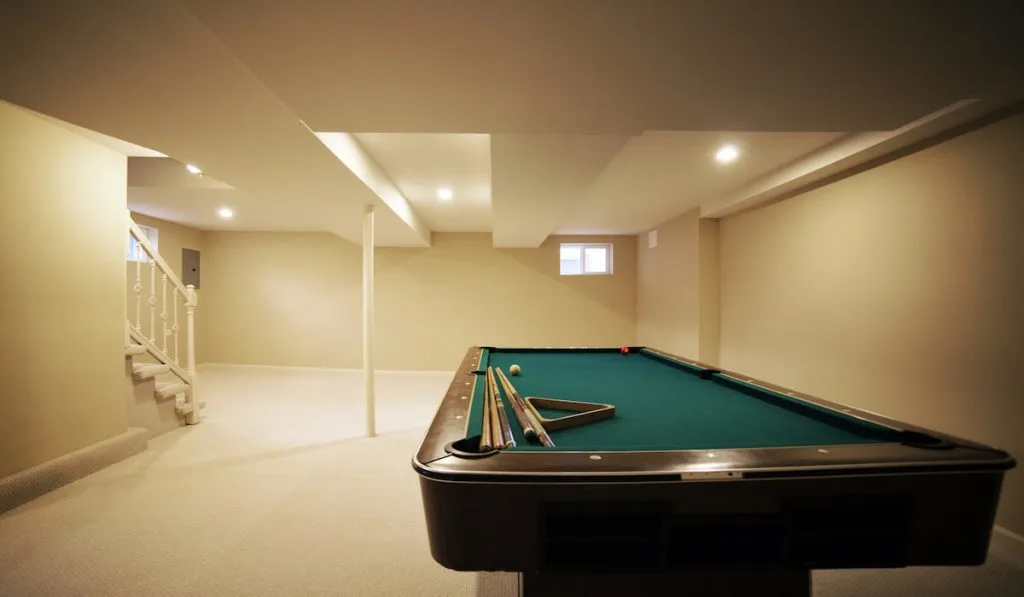
Many homeowners wonder whether their basement is included. This, again, depends on the state and how the total square footage is listed.
In some states, you’ll browse listings for homes that look much larger than their recorded square footage.
It’s reasonable to assume that the house has a large basement or is a split-level home, and only the upper area counts in the square footage number.
Usually, anything finished and livable with at least a seven-foot ceiling clearance is included in the square foot total of your home.
Finished basements typically have walls, ceilings, flooring, electrical outlets, etc.
Attics
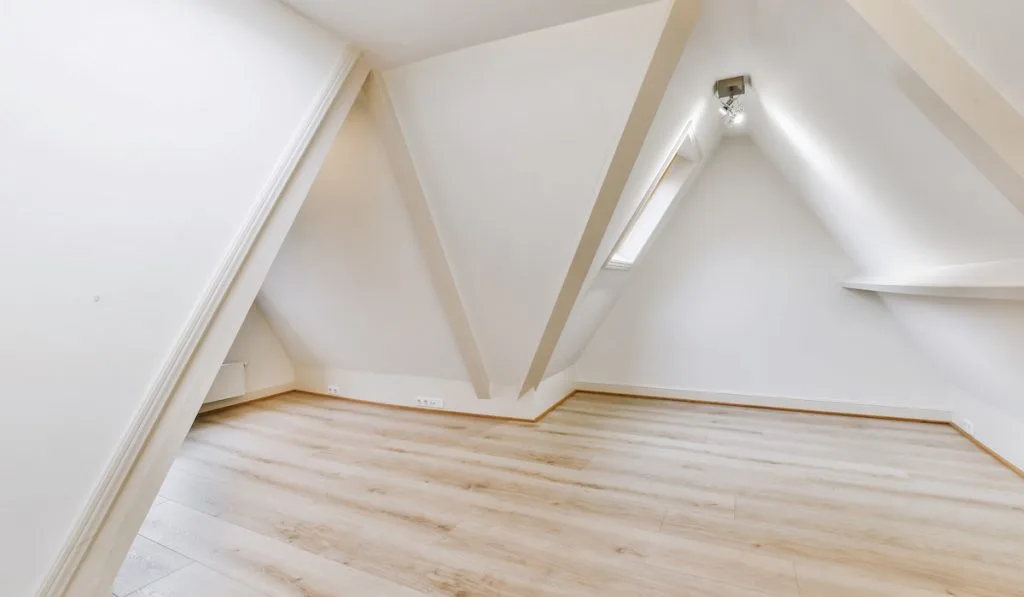
The same rules apply to attics as basements. Only finished attics count toward total square foot measurements.
Bathrooms
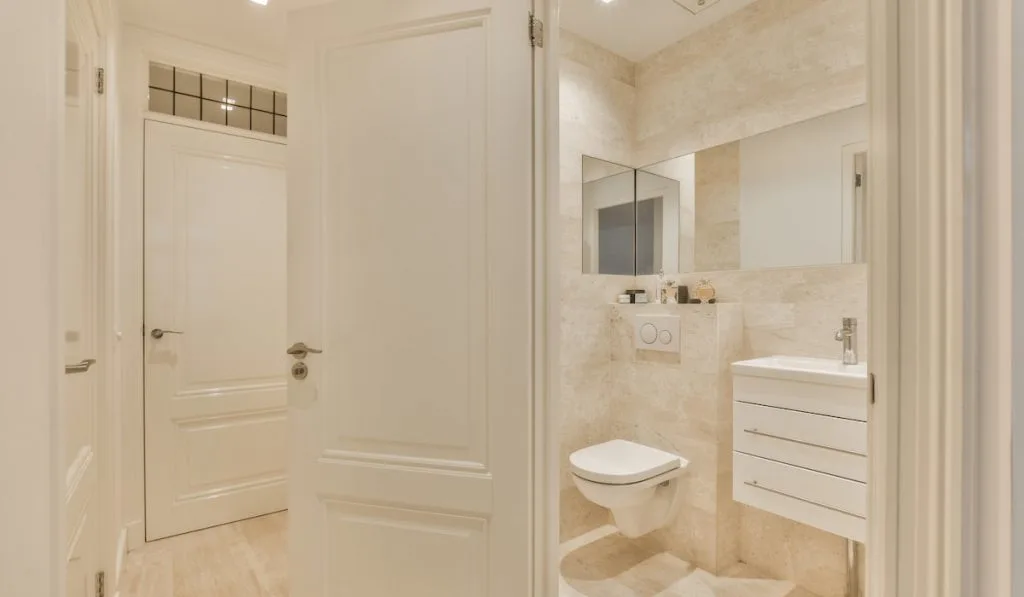
Bathrooms count toward total square footage, but only if they’re in a place included in the measurements.
For example, a finished bathroom in a garage won’t count toward the total square footage because garages are never included.
Avoid Overestimating Your Square Footage
It’s easy to want to oversell the size of your house.
A covered patio, finished parts of your garage, and other nice upgrades can make your home feel much larger than the number of square feet listed publicly.
If you renovate your home the right way, you’ll have way more space to watch TV, work on projects, or spend time reading on a covered patio on weekends.
Naturally, you want to show that off to potential buyers.
However, don’t make the mistake of exaggerating your square footage. Your local zoning laws decide what counts and must be excluded, regardless of how much you’ve spent on upgrades.
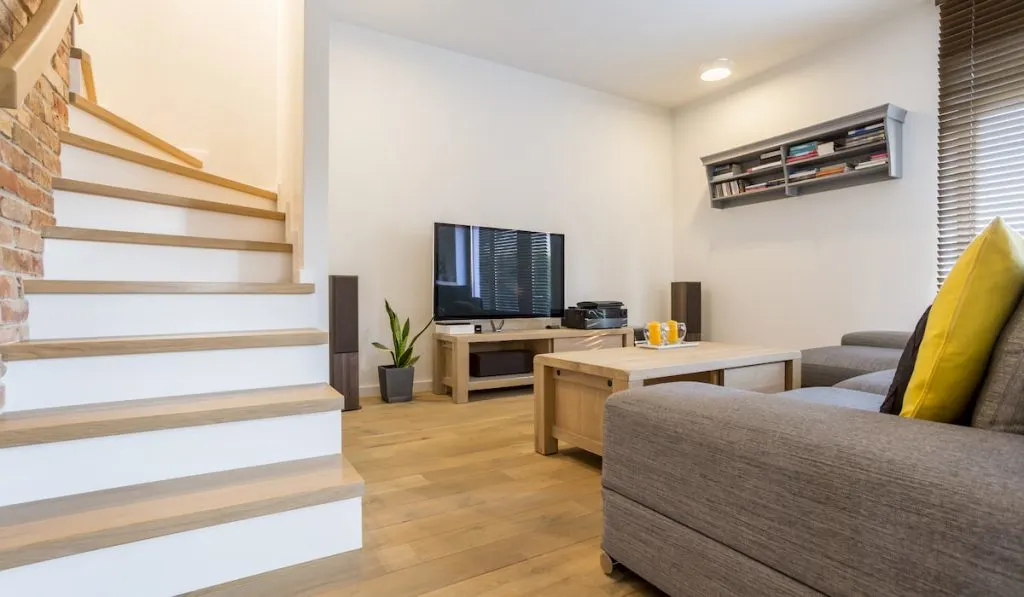
Add Value by Increasing Square Footage
Knowing how to count square footage on stairs and other areas like basements is the best way to avoid spending a lot of money on upgrades that offer lower returns.
Potential homebuyers often focus on square foot numbers in their search.
If you upgrade parts of your home to make your house larger, you’re more likely to get higher sale numbers.
Homebuyers may appreciate the work on your garage, but you’re better off finishing the basement first because it adds to your square foot total.
Final Thoughts
Knowing whether your stairs count towards your total square footage can help you decide whether to upgrade your stairs to make them more comfortable or open up floorplans.
When in doubt, ask a local appraiser or look for detailed information based on where you live and how stairs count in an appraisal before you spend a lot of money remodeling them.
